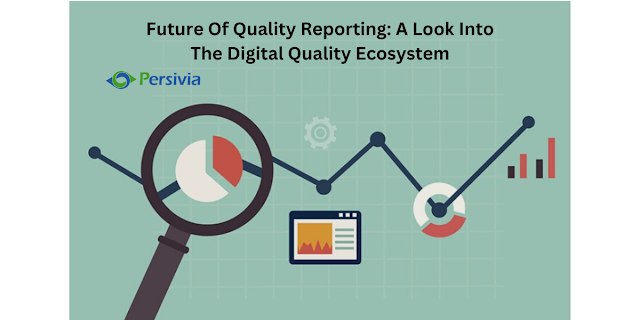Leveraging the Potential of Healthcare Data Platform to Bridge the Data Gap

Healthcare professionals gain so many rewarding experiences but everything comes at a price. The biggest price here is to maintain and restore the patient’s health. Of all the challenges that healthcare organizations face the biggest is Healthcare Data Aggregation . The handling of patient data is critical for healthcare organizations to ensure value-based care. Utilizing the right Healthcare Data Platform can help in bridging the data gaps that prevail in healthcare organizations. Experts believe that effective solutions are required to foster better data that in turn leads to better care delivery. Without accurate data at hand, it will be hard for value-based models to deliver the promise. The tools used by Healthcare Data Platforms are swiftly gaining inroads in healthcare. This platform collects data from all sources and by using tools it transforms the data into useful actionable insights that are used for a range of purposes. Therefore, the innovative cloud technology of Data Agg...


